TURKISH FURNITURE
Turkish furniture is known for its craftsmanship, quality, and unique design. Turkish furniture combines traditional techniques with modern influences, resulting in pieces that are both functional and aesthetically pleasing. The furniture often features intricate details, decorative carvings, and ornate patterns inspired by Turkish cultural motifs.
Turkish furniture can be found in various styles, from traditional and rustic to contemporary and modern. It is exported globally, and Turkey has a strong reputation in the international furniture market.
Modern Design

High Quality Manufacturing
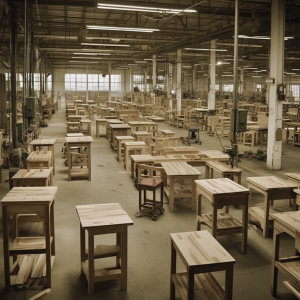
Adorable Luxury
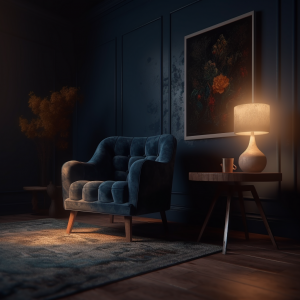
Contact Us for more information.
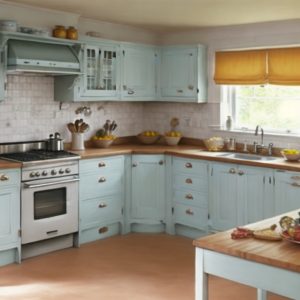
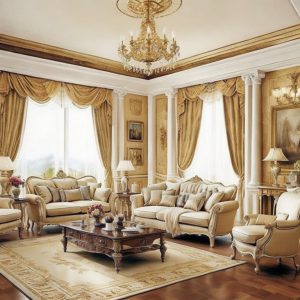

Furniture manufacturing
involves the process of designing, producing, and assembling furniture items for various purposes, including residential, commercial, and institutional use. Here is a concise overview of the furniture manufacturing process:
Design:
The furniture manufacturing process begins with the creation of design concepts. Designers or furniture engineers develop sketches, 2D/3D models, or use computer-aided design (CAD) software to design furniture pieces that meet aesthetic, functional, and ergonomic requirements.
Material selection:
Once the design is finalized, suitable materials are chosen. Common materials used in furniture manufacturing include wood, metal, plastic, glass, and upholstery fabrics. The selection depends on the desired style, durability, cost, and specific functional requirements.
Cutting and shaping:
In this stage, the selected materials are cut and shaped according to the design specifications. Wood pieces may be cut using saws, while metal components can be shaped using bending, cutting, or welding techniques. CNC (Computer Numerical Control) machines are often used to ensure precision and consistency.
Joinery and assembly:
Joinery techniques such as mortise and tenon, dovetail, or dowel joints are employed to connect and assemble the furniture components. Adhesives, screws, nails, or other fastening methods may also be used, depending on the materials and design.
Finishing:
Finishing processes enhance the appearance and protect the furniture. Surface treatments like sanding, staining, painting, or varnishing are applied. Upholstered furniture undergoes fabric selection, cutting, sewing, and attaching to the frame.
Quality control:
Throughout the manufacturing process, quality control measures are implemented to ensure that the furniture meets predefined standards. Inspections and tests are conducted to check for structural integrity, dimensional accuracy, finish quality, and functionality.
Packaging and shipping:
Once the furniture pieces pass quality control, they are carefully packaged to protect them during transportation. Packaging materials and methods vary depending on the size, fragility, and shipping requirements. Finally, the furniture is shipped to distributors, retailers, or directly to customers.
Furniture manufacturing processes can vary depending on the type of furniture, production scale, and specific manufacturer practices. Advanced technologies such as automation, robotics, and 3D printing are also being increasingly utilized in the industry to improve efficiency and expand design possibilities.
Sustainable Materials

Customized Manufacturing

Trend Setting Design
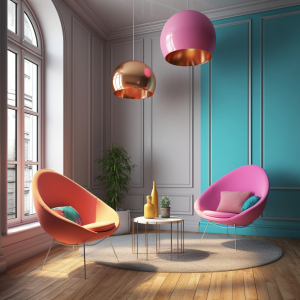
Some popular types of Turkish furniture include:
Ottoman-style furniture:
Influenced by the rich Ottoman Empire history, this furniture often includes luxurious fabrics, rich colors, and intricate woodwork. Traditional ottomans, sofas, and chairs are common in this style.
Kilim furniture:
Kilim is a type of flat-woven textile that is often used in upholstery and rugs. Turkish kilim furniture incorporates these colorful and geometric patterns into chairs, sofas, and cushions, adding a vibrant touch to the overall design.
Handcrafted wooden furniture:
Turkish craftsmen are known for their woodworking skills, and handcrafted wooden furniture is highly valued. Tables, chairs, cabinets, and bed frames are often made from high-quality wood and adorned with detailed carvings and inlays.
Ceramic and mosaic furniture:
Turkey has a rich history of ceramic and mosaic art. This is often incorporated into furniture design through decorative tiles and mosaic patterns, creating unique and visually striking pieces.
Turkish Furniture

Contact Us for more information.
